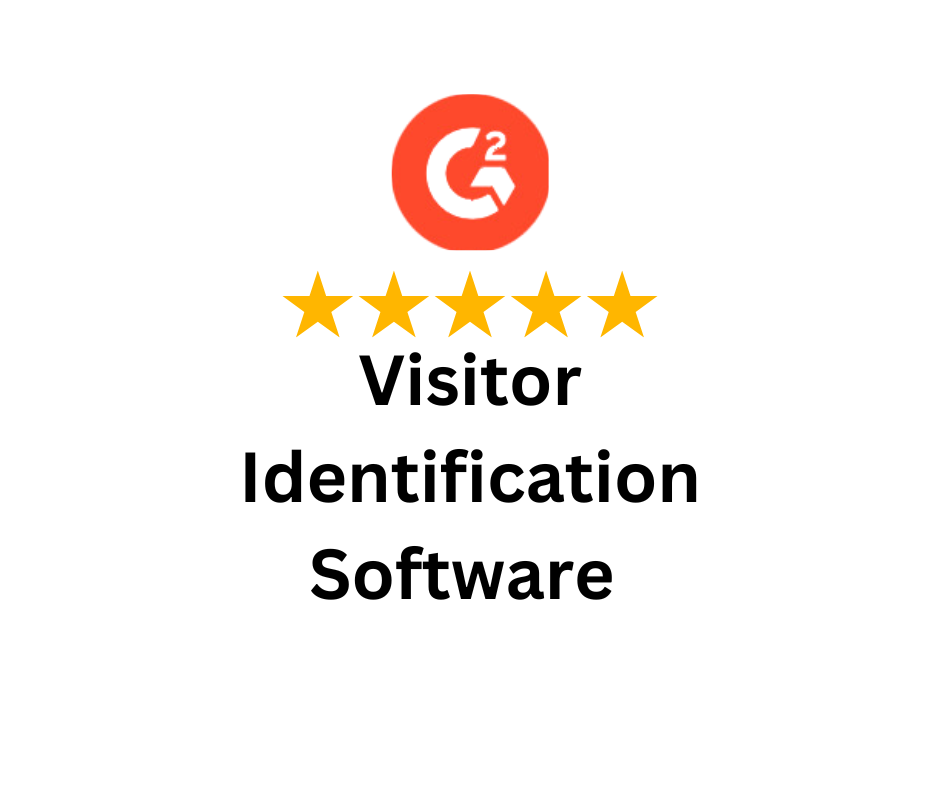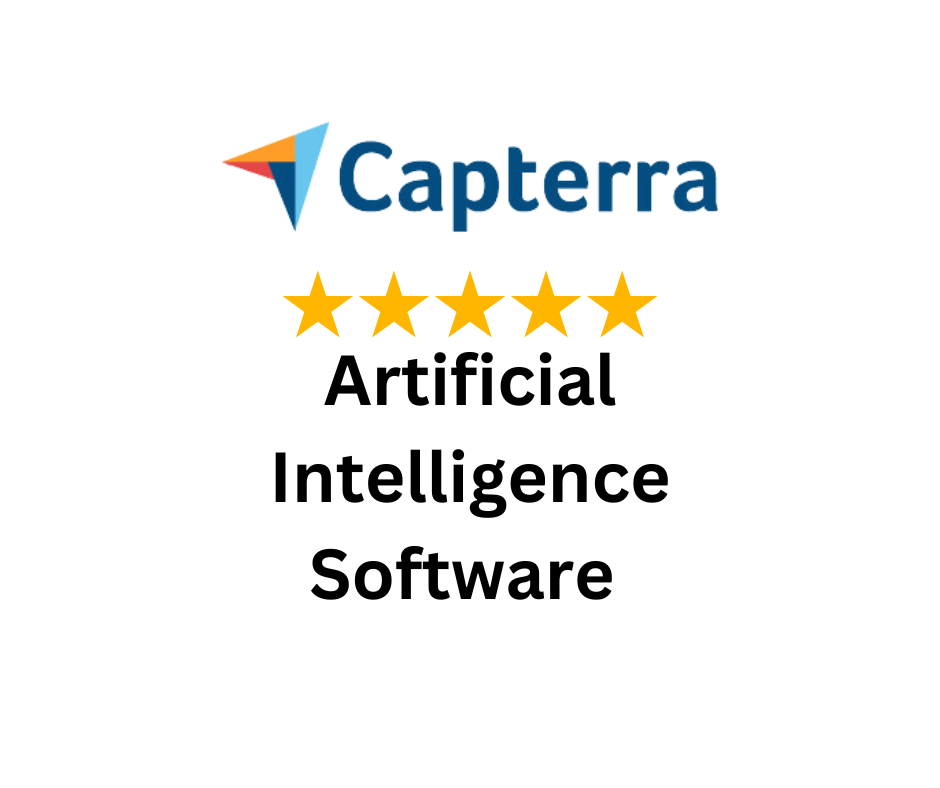As a business owner in this day and age, you’ve probably heard of predictive analytics, but might not know what it is. Well, predictive analytics is a branch of advanced analytics that uses statistical algorithms, machine learning, and historical data to predict future outcomes so your business can adapt. It allows businesses to move beyond reactive customer service, enabling agents to address issues before they arise.
With the rise of data-driven and AI-driven insights, predictive analytics is able to transform raw data into actionable intelligence in order to help your business grow. Businesses can harness this power to anticipate customer demands, personalize interactions, and optimize service delivery before issues arise.
In today’s rapidly evolving business landscape, customer expectations are higher than ever so it’s essential to stay on top of this. Companies that use predictive analytics to anticipate customer needs are able to hold a significant competitive advantage. By analyzing historical data, identifying patterns, and forecasting future behaviors, businesses can provide proactive customer service, enhance satisfaction, and boost loyalty.
Customers expect brands to understand their preferences and ensure that their experiences are tailored accordingly. Predictive analytics allows businesses to analyze past interactions, purchase history, and browsing behavior in order to offer hyper-personalized recommendations. By predicting what customers need before they ask, businesses are able to foster customer engagement and loyalty.
For example, e-commerce platforms that use predictive modeling are able to suggest relevant products, while streaming services analyze viewing habits to recommend personalized shows and movies to its users. These insights improve customer satisfaction and increase conversion rates by keeping the customer happy and preventing issues from arising.
Traditional customer service operates reactively—agents only address concerns after customers reach out. Predictive analytics flips this approach by identifying potential issues before they escalate.
By analyzing historical support tickets, sentiment analysis, and usage trends, companies can detect signs of unhappy customers and intervene early. Automated alerts notify agents about potential churn risks, allowing them to proactively engage customers and resolve concerns before they turn into complaints.
Sales teams can look at predictive analytics in order to identify what leads to prioritize based on the likelihood of conversion. By evaluating customer demographics, online behavior, and purchase history, businesses can identify leads more effectively and allocate resources accordingly.
For instance, predictive analytics to identify leads helps sales representatives focus on high-value prospects which increase their chances of closing deals. Automated CRM tools integrate these insights, ensuring teams invest time in the most promising opportunities instead of wasting resources on guesses.
It is essential to evaluate customer demand when you’re trying to manage inventory efficiently. Predictive analytics helps businesses forecast demand fluctuations, minimizing the chance of running out of stock and overstocking issues.
Retailers, for example, leverage historical sales data and external factors like seasonality and economic trends to optimize supply chain operations. This approach reduces costs, improves customer satisfaction, and enhances operational efficiency.
Customer churn is a major concern for businesses across industries. Predictive analytics is able to identify at-risk customers by analyzing behavioral signals, engagement levels, and past interactions.
Subscription-based businesses, such as SaaS companies could use churn prediction models to help detect disengaged users. By proactively offering incentives, personalized support, or tailored solutions, companies can re-engage customers and prevent churn while protecting long-term revenue.
Machine learning algorithms power predictive analytics by continuously learning from data and refining predictions over time. These algorithms are able to detect complex patterns that traditional analytics may overlook, enabling more precise forecasting for your business.
NLP analyzes customer interactions, including emails, chat logs, and social media posts, to extract meaningful insights. By understanding sentiment and intent, businesses can address concerns proactively and enhance engagement.
With vast amounts of data generated daily, cloud-based predictive analytics solutions enable real-time processing and storage. These platforms offer scalability, ensuring businesses can harness insights without infrastructure limitations.
Online and retail stores use predictive analytics to improve shopping experiences. It is able to help with product suggestions, stock management, and demand planning thanks to data driven insights.
With predictive analytics, online stores can track what customers look at, buy, and leave in their carts. Predictive analytics uses this data to suggest products they might like and what they would not. These smart recommendations help customers find what they need faster.
For example, if someone buys running shoes, the store might suggest workout gear or fitness trackers. This improves customer experience and increases sales.
Stores need to keep the right amount of stock or else too will lead to wasted money. Too little means lost sales, but predictive analytics are able to help businesses find the perfect balance.
By studying sales trends, seasons, and shopping habits, businesses can stock the right products thanks to these insights. Start keeping your shelves full of popular items while reducing waste while saving money.
Businesses always want to know which products will sell and what ones won’t. Predictive analytics studies past sales, customer interest, and trends. This helps companies prepare in advance so they can order the right amount of products.
For example, during the holiday season, stores can stock up on popular gifts. This prevents them from running out and losing customers.
Banks and finance companies use predictive analytics to detect fraud, provide better services, and measure customer value.
Banks need to monitor how customers spend money in order to maintain their security. If something unusual happens, like large purchases in a foreign country, predictive analytics flags it as possible fraud. Banks can then ask customers to confirm the transactions before it’s too late.
This helps prevent fraud and protects customers’ money. Banks also use predictive analytics to decide who qualifies for loans and who should not. They check financial history, spending habits, and market trends before approving credit in order to protect their money.
Banks and financial advisors use predictive analytics to give customers better financial advice based on likely market trends. By studying income, expenses, and savings habits, they suggest the best ways to save or invest money.
For example, if someone regularly saves money, the bank might recommend a high-interest savings account or a good investment plan. This helps customers grow their wealth.
Not all customers bring the same value to your business. Some use many services, while others may only use a few. Predictive analytics helps banks or businesses find their best customers.
By understanding which customers are most valuable, your business can offer them rewards, lower interest rates, or exclusive deals. This keeps valuable customers loyal.
Predictive analytics is able to help doctors and hospitals provide better care to their patients. It helps detect diseases early, recommend treatments, and reduce readmissions in collaboration with doctors.
Some patients return to the hospital soon after leaving without a clear reason for why. Predictive analytics helps doctors find out who is at risk. By studying medical history and lifestyle habits, hospitals can take action that may have otherwise been overlooked.
For example, they can schedule extra checkups, provide better home care, or suggest lifestyle changes. This keeps patients healthier and reduces hospital costs.
Every patient is different. Some treatments work better for certain people while they may not be the right choice for others. Predictive analytics helps doctors choose the best treatment based on medical history, genetics, and lifestyle with a data driven reason.
For example, if a patient has allergies to certain drugs, predictive analytics can suggest safer alternatives. This makes treatments more effective.
Many diseases develop and get worse over time. Predictive analytics helps doctors spot health problems before symptoms appear in order to protect patients.
For example, by studying cholesterol levels, blood pressure, and family history, predictive analytics can detect early signs of heart disease that a doctor may not be able to spot yet. Doctors can then suggest lifestyle changes or treatments to prevent serious illness.
Telecom companies use predictive analytics to keep customers, improve service, and offer better plans. This helps keep customers engaged before they leave, proactively.
Some customers switch phone companies because they are unhappy with the service they are receiving or the price they pay. Predictive analytics helps telecom companies spot these customers before they leave.
For example, if a customer complains often or uses their phone less, they might be thinking about switching providers. Companies can offer them special discounts or better plans to keep them for leaving the business.
Bad network connections frustrate customers. Predictive analytics helps telecom providers find problems before they happen in order to keep customers happy.
By tracking call drops, internet speed, and usage patterns, they can fix issues early. This keeps service smooth and customers happy.
Not all customers use their phones the same way. Some talk a lot, others text, and some use more data due to different lifestyles and work needs. Predictive analytics helps telecom companies suggest the best plans for each person.
For example, if a customer travels often, the company might suggest an international plan. If someone watches a lot of videos, they might get a data-heavy package. This helps customers save money and stay satisfied.
Predictive analytics is improving the travel and hospitality industries in order to keep customers engaged with their local businesses. It helps businesses set prices, suggest trips, and measure customer happiness.
Hotels and airlines change prices based on demand. Predictive analytics helps them adjust prices in real-time accordingly.
For example, hotel prices go up when demand is high, like during holidays. They go down when fewer people are booking. Airlines use the same strategy to adjust ticket prices.
This helps businesses maximize profits while giving customers the best deals.
Travel companies use predictive analytics to suggest trips, hotels, and activities. They are able to study past bookings, browsing habits, and preferences.
For example, if a customer loves beach vacations, the system might suggest tropical destinations or exclusive travel deals for sunny destinations. This makes trip planning easier and more exciting while engaging customers.
Hotels, airlines, and travel agencies analyze customer feedback to find patterns. Predictive analytics scans reviews, social media comments, and ratings.
For example, if many guests complain about long wait times at a hotel, management can fix the issue. If travelers praise a hotel for great service, the company can highlight this in ads.
This helps businesses maintain a good reputation and attract more customers.
Identify specific goals—whether it’s improving customer satisfaction, increasing sales, or reducing churn. Clear objectives guide the implementation process based on the unique needs of your business.
Data quality is crucial for accurate predictions. Businesses must gather relevant historical data, clean inconsistencies in order to ensure data integrity.
Various predictive analytics platforms offer AI-driven insights behind their numbers. Businesses should select tools that integrate seamlessly with existing CRM, marketing, and operational systems in order to have the easiest experience.
Machine learning models require continuous training with updated data. Companies should collaborate with data scientists or use automated AI platforms to refine predictions.
Predictive analytics is an ongoing process. Businesses must regularly monitor model accuracy, adjust parameters, and fine-tune strategies based on real-world results.
As AI and machine learning evolve, predictive analytics will become even more sophisticated. Businesses will leverage real-time data processing, sentiment analysis, and automation to anticipate customer needs with unprecedented accuracy.
With advancements in conversational AI and chatbots, companies will deliver proactive support, resolving issues before customers experience them. Predictive analytics will also enhance omnichannel experiences, ensuring seamless interactions across touchpoints.
Predictive analytics is no longer a luxury—it’s a necessity for businesses aiming to stay ahead in a customer-centric world. By leveraging data-driven insights, companies can personalize interactions, optimize operations, and proactively address customer needs.
Organizations that embrace predictive analytics will foster stronger relationships, enhance customer loyalty, and achieve sustainable growth. Investing in predictive capabilities today ensures long-term success in an increasingly competitive marketplace.
Empowering businesses to optimize their conversion funnels with AI-driven insights and automation. Turn traffic into sales with our advanced attribution platform.

